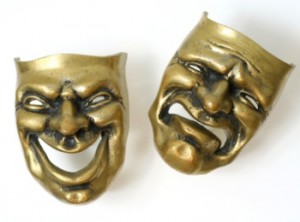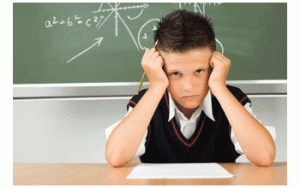A staff psychiatrist at the Dalhousie Medical School in Halifax (Novia Scotia, Canada) has gathered 1100 DNA samples and psychiatric histories from patients with bipolar disorder and family members who do not have this psychiatric disease. Dr. Martin Alda, The Medical Post reports on page 46 of the May 20, 2003 edition, and his medical team were able to identify 4 areas of interest on chromosomes 15, 7, 6 and 21 where molecular markers for bipolar disease were located.
Two additional tools, namely responders to lithium (common bipolar disease stabilizer) and certain ethnic group differences, are being utilized as well. Dr. Alda has already found that unstable genes can be stabilized in the presence of lithium. By studying the genes involved in the expression of bipolar disorder and defining what triggers a depressive response and what triggers a manic episode, the researchers hope to unravel the mysteries that still surround this intriguing disease. Dr. Alda is also studying the connection of diabetes and biploar disease. Patients with biploar disease are 3 times more prone to diabetes than the general population. As these patients (bipolar patients with diabetes) are poor responders to lithium, there is a suggestion that perhaps the newly defined genetic loci are blocked in some way by the hormone changes in diabetics. Further investigations in this direction are planned by the research group.
Link to bipolar disorder: http://nethealthbook.com/mental-illness-mental-disorders/mood-disorders/bipolar-disorder/
Link to diabetes:
http://www.nethealthbook.com/articles/hormonalproblems_diabetesmellitus.php
Last edited October 26, 2014







